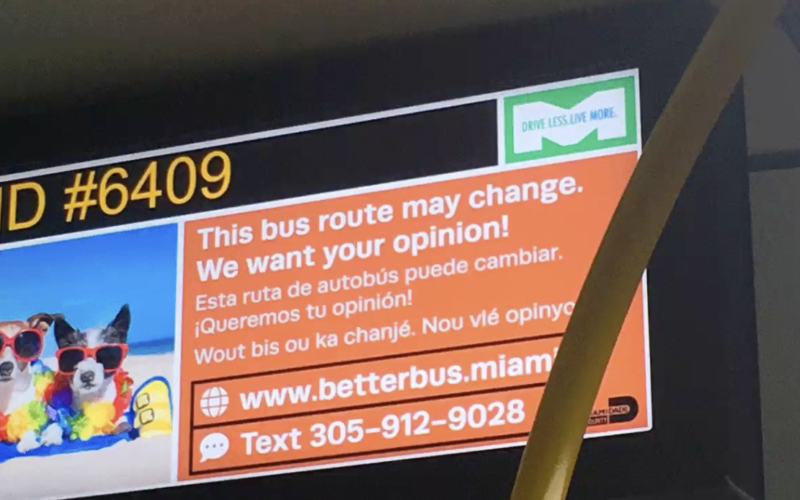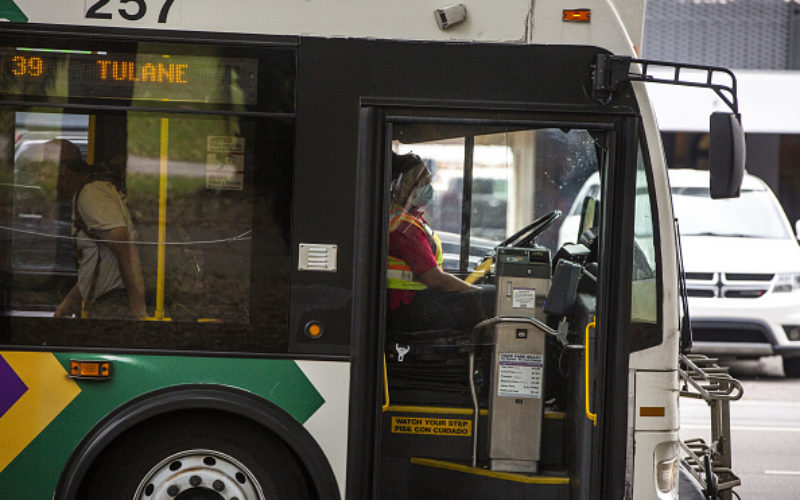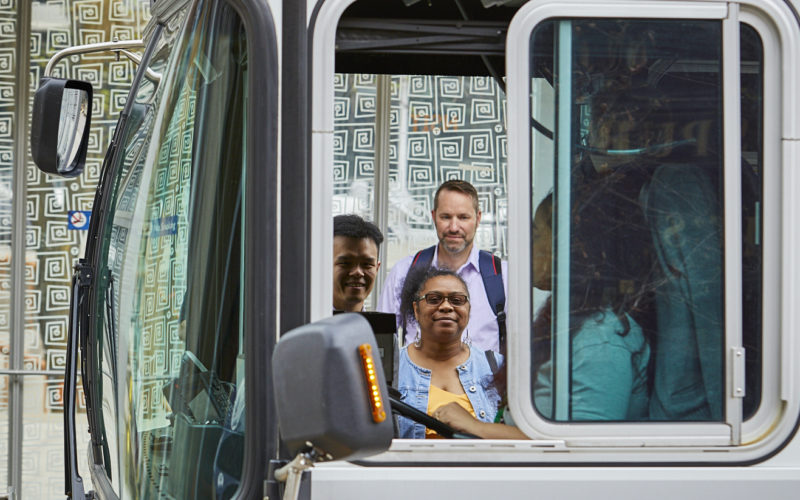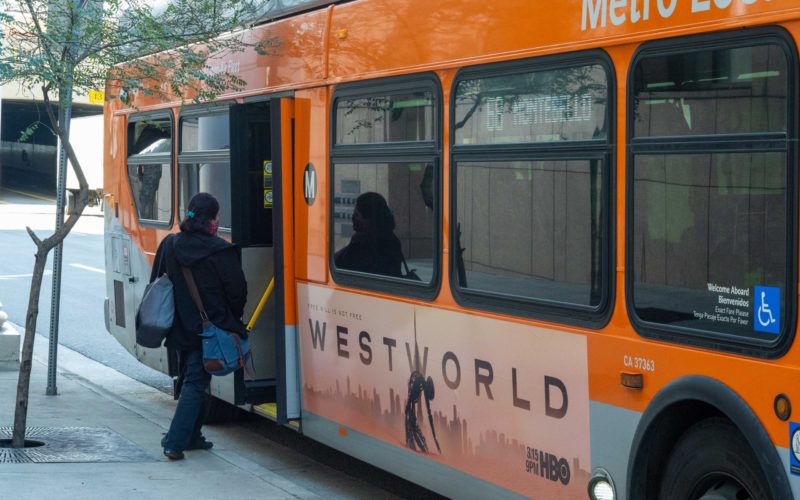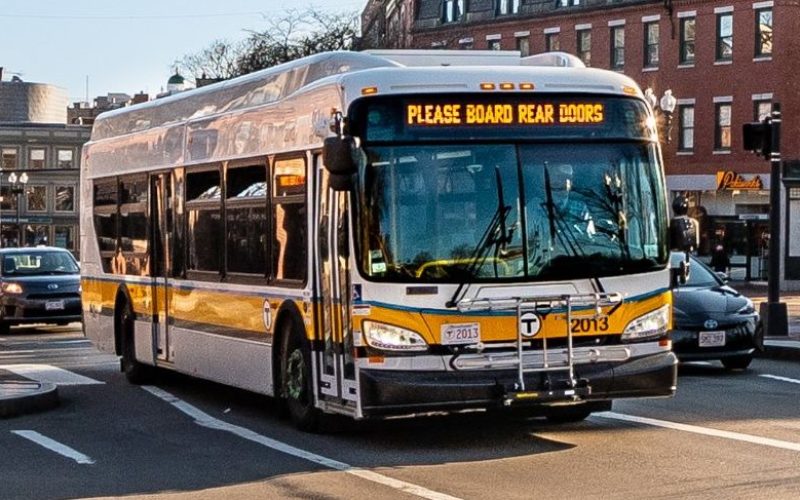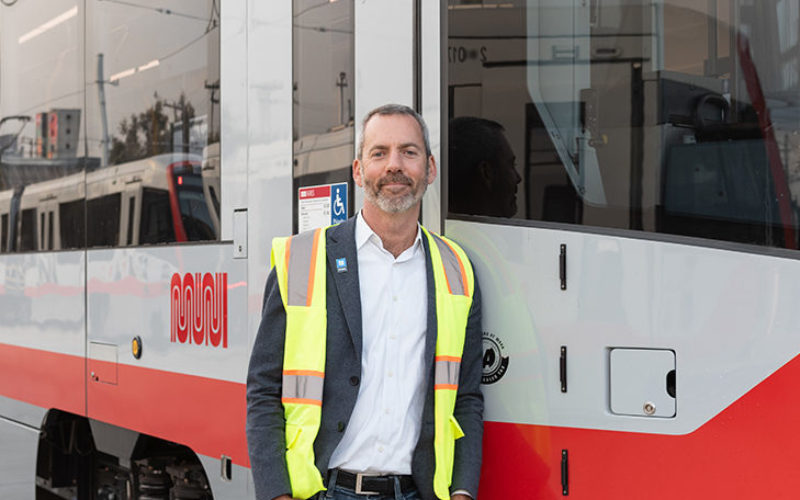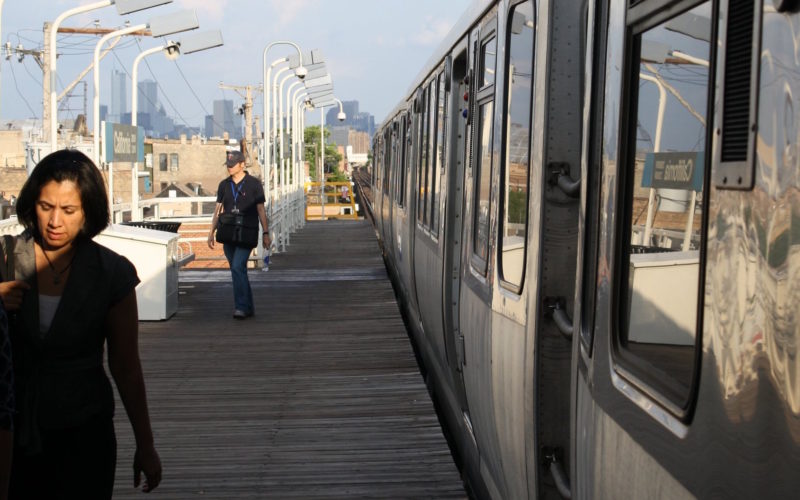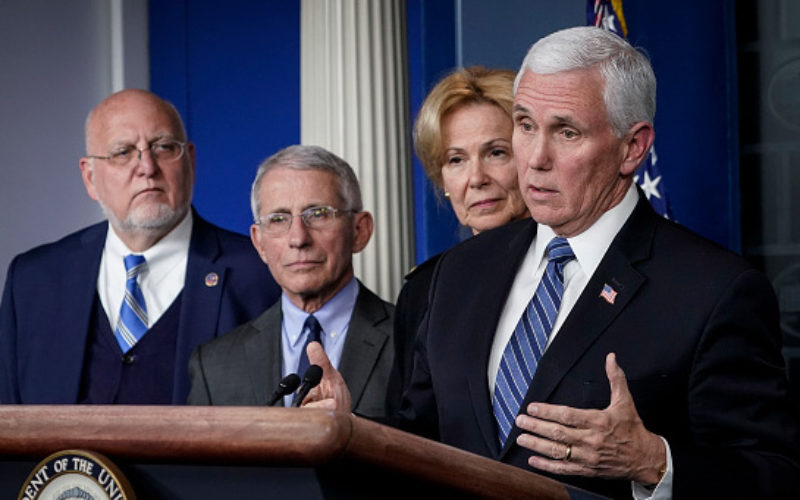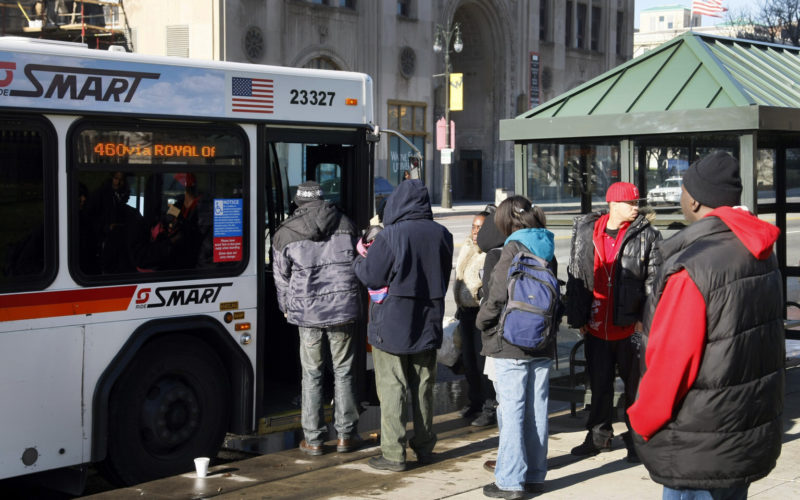During the protests against police brutality and anti-Black racism sweeping the nation, transit agencies in numerous cities decided to curtail and suspend transit service.
Read MoreOur latest video presents guidance for service allocation decisions to meet the needs of the millions of riders who continue to rely on transit throughout the crisis.
Read MoreKeeping bus service reliable and evenly spaced is important to riders in normal times. With the imperative to minimize crowding during the COVID-19 emergency, preventing bunching and gapping is even more urgent now.
Read MoreCOVID-19-related moratoriums on public gatherings have inevitably affected the public engagement process for transit projects. Transportation consultants and advocates are already adapting to keep rider-focused initiatives like bus network redesigns moving forward.
Read MoreAlong with urgently-needed protective equipment like N95 masks and hand sanitizer, expanded sick leave and quarantine policies are indispensable to protect the transit workforce.
Read MoreMetro Transit's Equity and Inclusion Department has operationalized equity in meaningful ways, creating paths for more diverse voices to contribute to important agency decisions.
Read MoreSo far, LA Metro has taken important steps to protect bus operators and plan for recovery, but the agency’s policy on fare enforcement has lacked transparency, and service allocation decisions have not aligned with the imperative to minimize crowding on board.
Read MoreTransit agencies can’t stop after switching to a weekend schedule. Further service adjustments are necessary to safely provide essential mobility.
Read MoreSFMTA has developed one of the most agile and forward-thinking responses to COVID-19 among U.S. transit agencies.
Read MoreFor the ten U.S. regions with the most transit ridership, we estimate that CARES Act funds will cover agency shortfalls for an average of 5.4 to 8.3 months. For agencies in the rest of the country, CARES Act transit funds will last 12.6 to 20.8 months, on average.
Labor, business, and community advocates demand the White House and CDC supply better protective equipment and guidance to safeguard the transit workforce who ensure millions of other essential workers can provide Americans with medical care, food, and basic necessities.
Black people account for a high share of essential workers who typically commute on transit (29%) relative to non-essential transit commuters (19%). White people, meanwhile, comprise a smaller share of essential transit commuters (33%) than non-essential transit commuters (42%).


